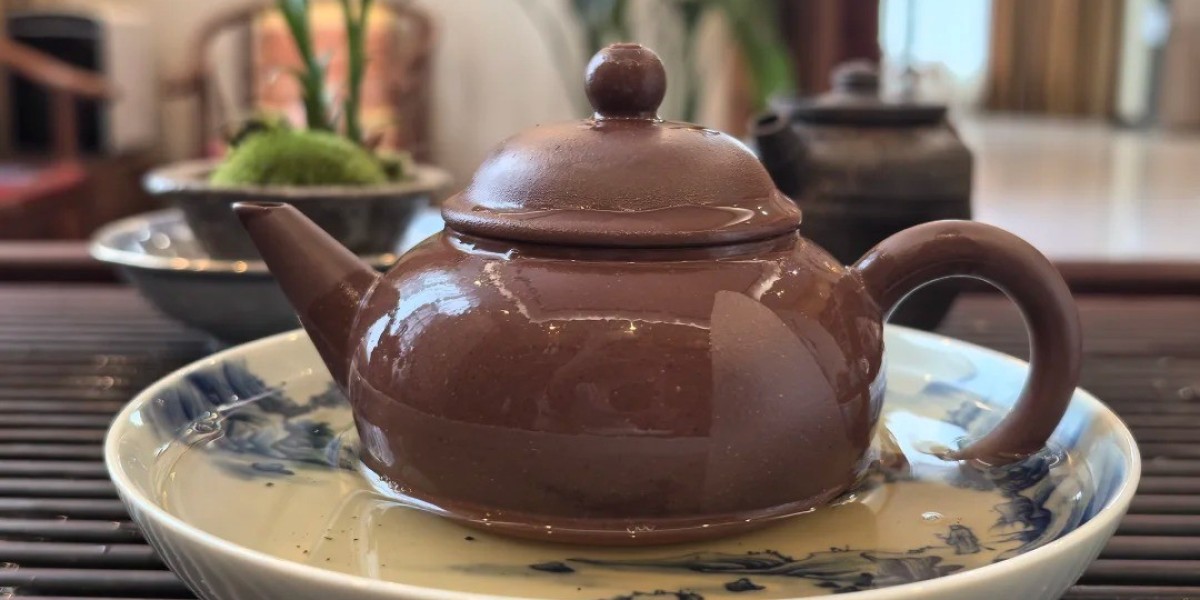The art of tea brewing in China is deeply intertwined with the vessels used to prepare and serve the tea. Among these, the Yixing teapot holds a place of high esteem, renowned for its unique material and the way it enhances the tea-drinking experience. However, it is just one type of Chinese teapot, each of which carries its own distinct characteristics and cultural significance. This article compares the Yixing teapot with other traditional Chinese teapots, exploring their origins, materials, uses, and the cultural importance they hold.
Origins and Historical Background
The Yixing teapot originates from the Yixing region in Jiangsu Province, China, where it has been crafted since the 16th century during the Ming Dynasty. The teapots are made from a special type of clay known as zisha, or purple sand, which is found only in this region. The tradition of using Yixing teapots is closely linked to the Gongfu tea ceremony, a method of brewing tea that emphasizes precision and respect for the tea leaves.
Chinese teapots, in a broader sense, encompass a wide range of designs, materials, and styles that have developed over thousands of years. These include porcelain teapots from Jingdezhen, known for their delicate and intricate designs, as well as ceramic and stoneware teapots from various regions across China. Each type of teapot reflects the cultural and artistic values of its time and place of origin.
Materials and Craftsmanship
Yixing teapots are crafted from zisha clay, which is highly valued for its porous nature. This clay absorbs the flavors and aromas of the tea, enhancing the taste with each use. Over time, a Yixing teapot becomes "seasoned," gradually developing a patina that deepens its connection to the specific type of tea brewed within it. The teapots are usually unglazed, allowing the clay to interact directly with the tea. The zisha clay comes in various natural colors, including purple, red, and green, giving each teapot a unique appearance.
In contrast, Chinese teapots made from porcelain, such as those from Jingdezhen, are typically glazed, which prevents the teapot from absorbing flavors. This makes them versatile, allowing different types of tea to be brewed without affecting the taste. Porcelain teapots are often decorated with intricate paintings or patterns, showcasing the high level of craftsmanship and artistry for which Chinese ceramics are known. Other materials used in Chinese teapots include celadon, which has a smooth, jade-like finish, and various types of ceramic, each offering different aesthetic and practical qualities.
Functionality and Use
Yixing teapots are particularly favored for brewing oolong and pu-erh teas, as their porous nature enhances the complex flavors of these teas. The small size of Yixing teapots, typically holding no more than 200 ml, is ideal for the Gongfu style of tea brewing, which involves multiple short infusions. The teapot’s ability to retain heat and its relatively thick walls make it excellent for maintaining the consistent temperature required for brewing these types of tea.
Chinese teapots made from porcelain or other ceramics are more versatile in terms of the types of tea they can brew. Because they do not absorb flavors, they can be used for brewing a variety of teas, including green, white, black, and herbal teas. The glazed surface of porcelain teapots also makes them easier to clean and maintain. These teapots are often larger than Yixing teapots, making them suitable for serving tea to several people at once.
Aesthetic and Cultural Significance
The aesthetic appeal of Yixing teapots lies in their simplicity and the natural beauty of the clay. Many Yixing teapots are handcrafted and often signed by the artisan, making each piece a unique work of art. The shapes of Yixing teapots are inspired by natural forms, such as bamboo, lotus flowers, or ancient Chinese symbols, reflecting the deep connection between tea culture and nature in Chinese philosophy.
Chinese teapot, particularly those made from porcelain, are celebrated for their decorative elements. Porcelain teapots from Jingdezhen, for instance, are often adorned with detailed paintings depicting landscapes, flowers, or scenes from Chinese mythology. These teapots are not only functional but also serve as decorative objects that reflect the rich cultural heritage of Chinese ceramics.
Conclusion
Yixing teapot and Chinese teapots represent two distinct approaches to the art of tea brewing, each with its own unique qualities and cultural significance. Yixing teapots are prized for their ability to enhance the flavor of tea through their porous clay and are deeply connected to the Gongfu tea ceremony. On the other hand, Chinese teapots made from porcelain or other ceramics offer versatility and aesthetic beauty, making them ideal for a wider variety of teas and for serving larger groups.
Both types of teapots embody the rich traditions of Chinese craftsmanship and the cultural importance of tea in China. Whether one prefers the seasoned character of a Yixing teapot or the elegant versatility of a porcelain teapot, both offer a profound and satisfying way to experience the art of Chinese tea drinking.



